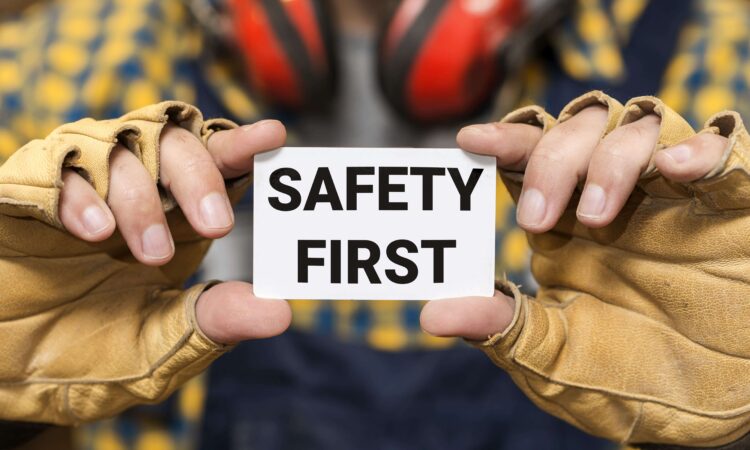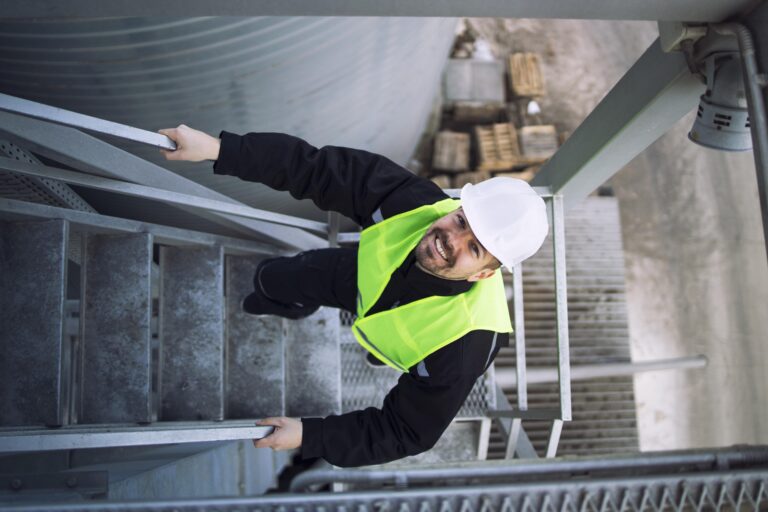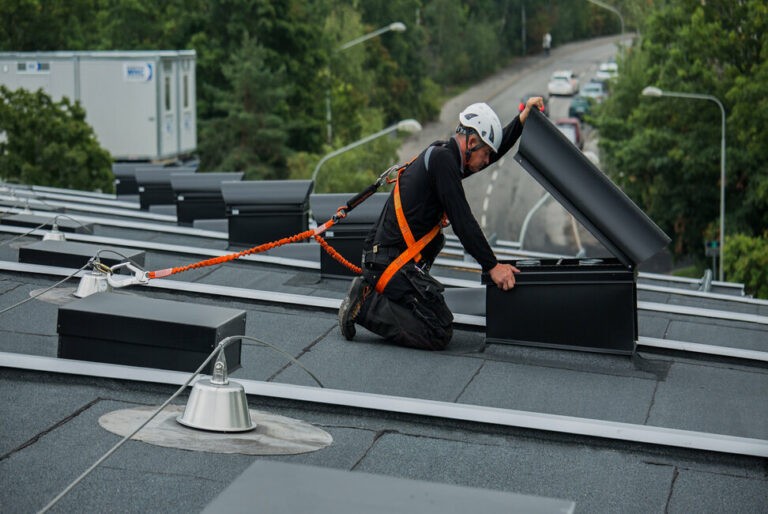Falls are among the most common workplace mishaps, but the good news is that they are entirely avoidable. Employers have a big responsibility when it comes to ensuring the safety of their workers. Companies may establish a safe workplace for all employees by utilizing the appropriate tools, training, and mentality.
Create a Safety-First Culture
Let’s start with something basic yet effective. Build a culture prioritizing safety above all else. This not only transforms the workplace but also empowers every individual, from the top management to the newest recruit, to take control of their safety. Employers can lead by example. If employees observe management wearing safety gear or double-checking protective equipment, they are more likely to follow suit. Regular team meetings on safety recommendations and best practices reinforce the message. Remember that a culture of safety does not emerge suddenly. It is created day by day, action by action. Encourage workers to report possible dangers. A worker could detect a wobbly railing or a moist floor that others may miss. Open communication ensures that concerns are resolved swiftly, preventing accidents before they occur.
Implementing a Guardrail System to Safeguard Edges
Guardrail systems provide a simple yet efficient option for protecting workers at heights. They operate as invisible barriers, keeping workers secure even near dangerous edges. Guardrails are necessary on any rooftop, elevated platform, or construction site. What makes them so awesome? For starters, they require little or no training. Workers do not need to clip into anything or memorize complex protocols. They only need to stay within the rails. Guardrails are also extremely sturdy, withstanding even the most severe weather. US Fall Protection provides Guardrail Systems that can be adapted to various job areas. Whether you want temporary railings for a brief project or permanent installations for continuous work, their solutions are dependable and straightforward to install.
Safeguard your Workers Through Advanced Fall Protection Strategies
Fall protection is not a one-size-fits-all solution. That is why selecting solutions that match your work environment is critical. Lifeline systems suit workers’ needs to move around, whereas passive systems, such as guardrails, offer static safety. Furthermore, employers might also invest in harnesses and anchor points for activities that require personal mobility. Keep these instruments in perfect shape and examine them regularly. After all, nobody wants to rely on a torn harness in a vital situation. So, by integrating several Fall Protection Systems, you can build a tiered approach to safety that eliminates gaps. This comprehensive method helps mitigate hazards and provides a sense of security, keeping your crew safe.
Offer Proper Training for All Workers
Even the most excellent safety equipment is meaningless unless workers understand how to utilize it. Training is essential for ensuring everyone understands what to do and how to stay safe. So, begin with the basics. Teach employees about the risks they may encounter and how to recognize them. For example, someone working on a damp surface should understand the hazards and how to mitigate them. Next, move on to particular equipment. Show workers how to wear a harness properly, utilize a lifeline system, and navigate areas with guardrails. Make training sessions dynamic and hands-on. People learn better when they can practice rather than listen. As well as that, don’t see training as a one-time event. Regular refreshers keep your workers sharp and up to date on the newest safety measures.
Inspecting Worksites and Equipment Regularly
Regular inspections are required to guarantee that everything is in peak condition. Check guardrail systems for any signs of wear and tear. Check harnesses, lifelines, and anchor points to ensure they are operating properly. Anything that does not appear to be functioning correctly should be repaired or replaced immediately. Worksite inspections should include general dangers such as slick surfaces, loose wires, and unstable buildings. A proactive approach to inspections can save minor errors from becoming significant incidents.
Address Weather Problems with Smart Planning
Mother Nature is unpredictable, and it can create hazardous workplace situations. Rain may make surfaces slippery, high gusts can cause workers to lose balance, and icy patches can transform roofs into skating rinks. Employers should monitor weather forecasts and alter work schedules appropriately. If the conditions are too dangerous, postponing the task rather than risking an accident is advisable. When labor must be done, workers must be provided with the appropriate tools for the situation. Nonslip footwear, warm clothes, and weather-resistant safety equipment may make a significant impact.
Emergency Planning Can Save Lives
Even with the finest measures in place, accidents can still occur. That’s why having a sound emergency plan is so important. Ensure that all employees understand what to do during a fall. Who should they call? Where’s the first aid kit? How do they gain access to emergency equipment? These are queries that require straightforward solutions. Conduct mock drills to prepare emergency scenarios. The more prepared your team is, the faster and more successfully they will respond in a real-world scenario.
Technology Brings Safety to the Next Level
In today’s society, technology is changing every business, including workplace safety. Smart sensors, for example, may monitor lifeline systems and notify staff when there is a concern. Wearable gadgets may follow a worker’s whereabouts and identify falls in real-time, resulting in fast replies. US Fall Protection remains ahead of the game by incorporating unique elements into its safety products. Investing in contemporary technology improves protection and reflects your dedication to remaining at the forefront of workplace safety. In addition, workers frequently provide valuable insights into possible dangers and how to resolve them. Involving workers in safety choices fosters a sense of shared responsibility. Everyone believes they are part of the solution, which promotes morale and engagement.



